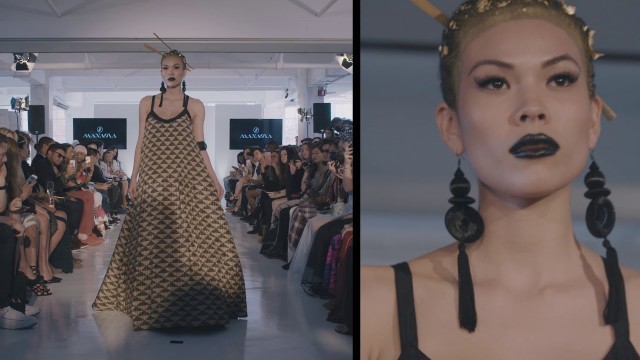

'MANAOLA\'s New York Fashion Week 2017 Kōlani collection debut. Video by Oxford Fashion Studio Music by DJ Asiadoll© license approved Lead makeup direction by Allan Cool Lead hair direction by Arthur Wilson Hair products by PHYTO USA Jewelry by Kuana Elegant Culture & Alinea Hawaii Mens Shoes by Braxton Garma ------------------------- ABOUT KŌLANI Designer Manaola Yap reimagines Hawaiian luxury with this exclusive new collection, Kōlani, a preview of what is to come from Yapʻs elegant fashion label, MANAOLA. Kōlani means “belonging to the heavenly ones,” or “belonging to royalty.” Kōlani refers to the traditional seated dance, hula kōlani, where dancers performed these hula noho to honor Hawaiian monarchs. This collection was humbly born as a vision of how modern-day ali’i would adorn themselves in Hawai’i and throughout the world. Kōlani notes the multicultural influences of ali’i through their worldly travels into a collection that would distinguish Hawaiian royals for their international fashion savvy on a global stage. The designer showcases contemporary silhouettes in luxurious fabrics and his signature, hand-carved ‘ohe kāpala prints as well as the debut of his first graphic print, Peʻahi Niu, in trending metallic hues to evoke cultural opulence worthy of high born chiefs. ------------------------- PEʻAHI NIU The Peahi Niu is a primitive print honoring the crescent-shaped fans reserved for Hawaiian royalty. Made of intricately woven coconut and pandanus leaves, these fans are often depicted in lithographs by high-ranking monarchs for both practical and ornamental use. Denoted by the sophisticated twisting and braiding of leaves and fibers such as human hair, Peahi Niu showcased the finest weaving skills of Hawaiian artisans. These native artifacts are highly revered for their royal association and preserved in the likes of Hawai\'i\'s Bishop Museum as well as a special collection in the British Museum. The crescent shape of these woven fans are recognized as a icon in various Polynesian cultures and often represented in native tattooing throughout Hawai’i, New Zealand, Samoa and throughout the South Pacific. Within these cultures, tattoos inked the genealogy and life experiences of the individual upon the skin, thus the Peahi Niu was utilized as a mark of distinction for high ranking chiefs to wear this symbol with pride. MANAOLA pays homage to these heirlooms and the many cultures who share in this profound respect for this ethnographic print. ------------------------- STYLE DETAILS Hair: Lead hairstylist Arthur Wilson employed the tradition of kiki pūkai, also known as hāwena for several Kōlani models. Kiki Pūkai was practiced by royal women in ancient Hawaiʻi who bleached their hair at the hairline using coral or limestone as a sign of chiefly status. This hair detail honored designer Manaola Yapʻs ʻohana as well as the Neula ʻohana of Kaʻū with this presentation of their family traditions. To reflect MANAOLA\'s vision for modern-day royalty, hair stylists used gold hair and body paint represent the tradition of Kiki Pūkai, embellished with gold leaf flakes to further evoke luxury and status. Key models also featured the foundation of MANAOLAʻs designs process, the tradition of ʻohe kāpala (bamboo stamps) worn as hair picks during the runway show. Makeup: Lead makeup stylist Allan B. Cool reimagined modern-day Hawaiian royalty with elegant makeup looks tailored to the Kōlani runway show. Bold statement details including two-toned jet black lips, wispy lashes and sharp eyeliner to emulate the sensuality and strength of MANAOLAʻs statement pieces. Body treatments included liquid gold pigment in unexpected places such as the hands, torso and neck to capture the light and enhance the lines of the body and flow with the movement of each look.'
Tags: fashion week , new york fashion week , hawaii , Hawaiian , Manaola , Hawaiian fashion , Kolani , Manaola movement , culture conscious clothing
See also:
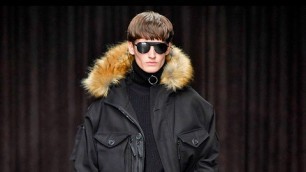
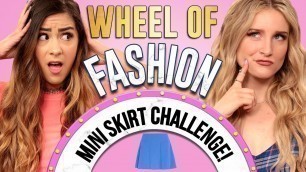

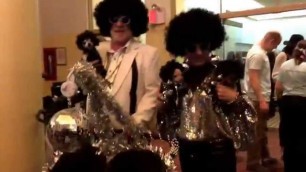
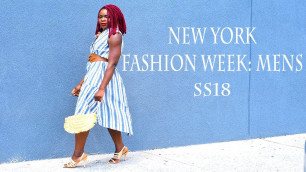

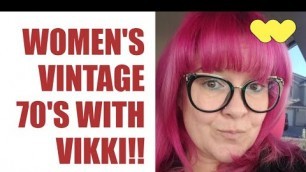
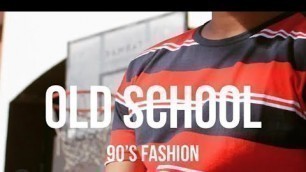
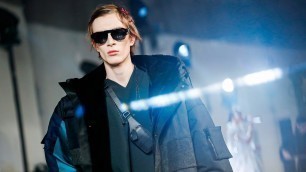
!['Revenant Prime Fashion Frame [WARFRAME]'](https://cdn-img01.fashionvtube.com/images/53-m/136/1366887_m.jpg)
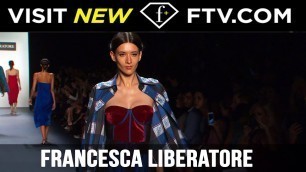
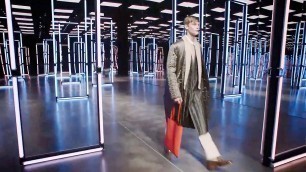

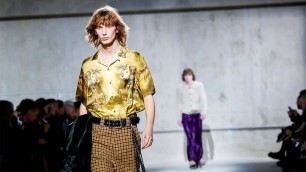
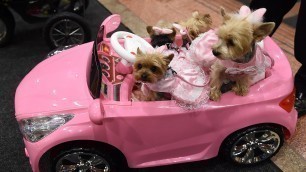
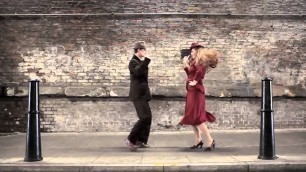
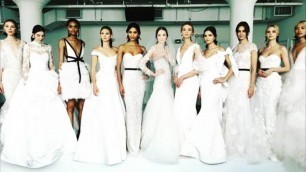
comments